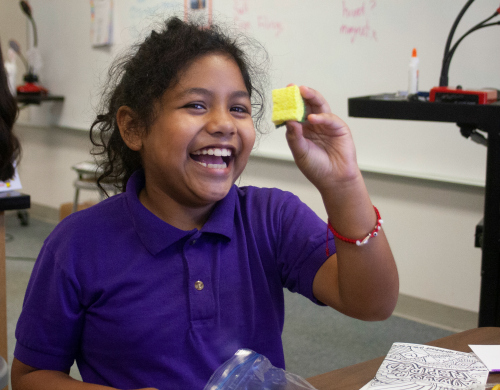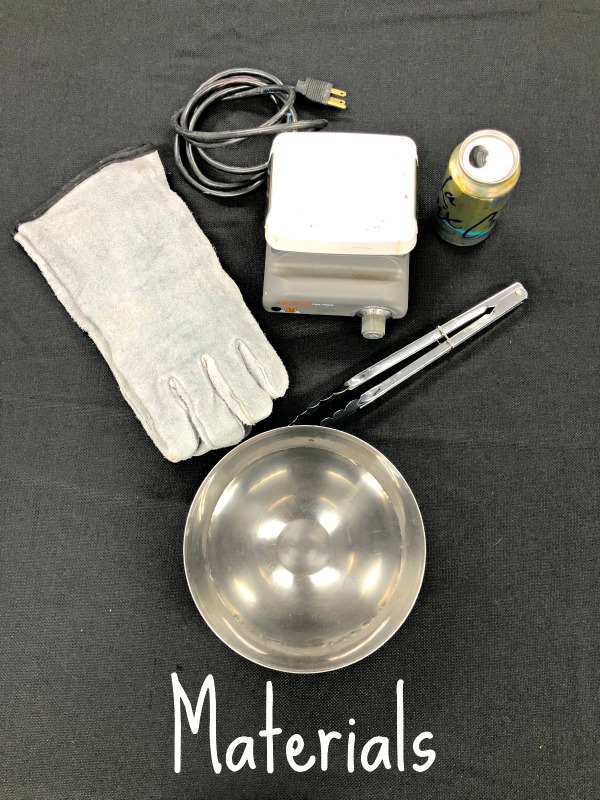Samantha looked at the pile of office supplies in front of her. The heap of common objects sent her mind racing in an attempt to make a “flinker”– a device that both sinks and floats. She selected a cork— an item that’s slightly less buoyant than a sponge— to be her base. Now to make it sink, just a little… she attached two paper clips, two washers, and two binder clips to the cork. On second thought, a packing peanut might be necessary to offset the weight of the metal objects. She bound the mashup together with masking tape: it was almost time to test the flinker.
While she waited for the other girls to finish their projects, Samantha wondered aloud whether she could use the ideas she had come up with to create a real boat. Another girl chimed in, saying maybe this is exactly what people who make submarines do.

The girls may be onto something here. In a sense, a submarine is just one giant, fancy flinker. When marine engineers set out to make a submarine, they must think about buoyancy, relative density, problem solving and engineering design— the same concepts Girlstart girls learned about this week.
So, like a submarine, Samantha hoped her flinker would stay hovering in the middle of the water without dropping to the bottom. She plopped her creation into a cup of water, and Voila! It worked. A perfect balance of density and buoyancy, the flinker was a success. Who knows? Maybe we have a future marine engineer on our hands.

 activities
activities ,
education ,
engineering ,
experiments ,
Fun ,
girls ,
hands-on ,
kids ,
math ,
science ,
STEM ,
technology
 activities ,education ,engineering ,experiments ,Fun ,girls ,hands-on ,kids ,math ,science ,STEM ,technology
activities ,education ,engineering ,experiments ,Fun ,girls ,hands-on ,kids ,math ,science ,STEM ,technology 


